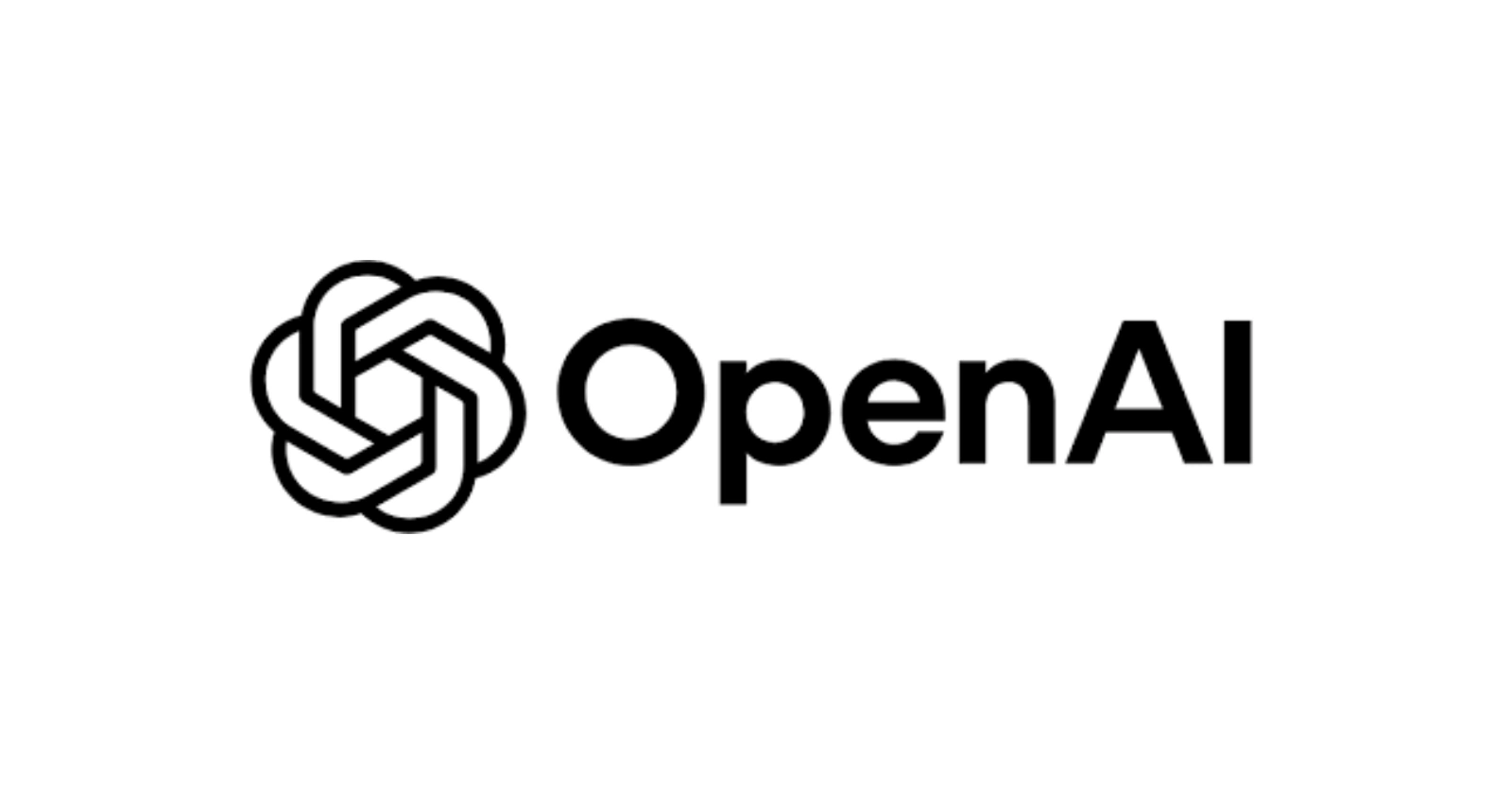In a landscape where artificial intelligence continues to reshape industries, OpenAI has stepped forward with a groundbreaking initiative that promises to transform how businesses find talent and workers secure roles. The San Francisco-based company, renowned for its ChatGPT chatbot, announced on September 4, 2025, the development of the OpenAI Jobs Platform, a service designed to harness AI for optimal matches between employers’ needs and employees’ skills. This move positions OpenAI as a direct competitor to LinkedIn, the dominant player in professional networking, and signals a broader push to democratize access to AI-driven opportunities.
The announcement comes at a pivotal time when AI technologies are both creating new jobs and displacing traditional ones. According to a report from Goldman Sachs Research published in August 2025, AI could lead to a temporary half-percentage-point increase in unemployment during its transition phase, as workers adapt to new demands. Yet, the same forces are fueling demand for AI-savvy professionals, with Veritone’s Q1 2025 labor market analysis showing a 25.2 percent year-over-year increase in AI-related job postings across the United States, totaling 35,445 positions. OpenAI’s platform aims to bridge this gap, ensuring that advancements in technology benefit a wider swath of the workforce.
How the OpenAI Jobs Platform Will Function
At its core, the OpenAI Jobs Platform relies on sophisticated AI algorithms to analyze job requirements and candidate capabilities, going beyond keyword matching to evaluate true compatibility. Fidji Simo, OpenAI’s CEO of Applications, explained in the company’s official blog post that the system will “use AI to help find the perfect matches between what companies need and what workers can offer.” This approach addresses common pain points in hiring, such as mismatched skills or overlooked potential, by incorporating contextual understanding and predictive insights.
Unlike traditional platforms, this service emphasizes inclusivity. It includes a dedicated track for small businesses and local governments, enabling them to compete with larger corporations for top AI talent. For instance, community organizations and state entities can tap into a pool of “knowledgeable, experienced candidates” at various levels, from entry-level roles to specialized positions. This focus on localization could prove vital in regions where access to tech expertise remains limited.
The platform integrates seamlessly with OpenAI’s educational tools. Users can leverage the existing OpenAI Academy, a free online learning resource launched in 2024 that already boasts over two million users worldwide. Through this, job seekers can acquire skills directly within ChatGPT’s interface, using features like Study mode for interactive learning. This end-to-end ecosystem not only prepares individuals but also connects them to opportunities, potentially reducing the time and cost associated with job searches.
Certifications: Building Trust in AI Fluency
A key pillar of the initiative is the introduction of OpenAI Certifications, set to debut in late 2025 ahead of the platform’s full launch in mid-2026. These credentials will verify different levels of AI proficiency, ranging from basic workplace applications to advanced topics like prompt engineering and custom AI job roles. Delivered via the OpenAI Academy, the certifications aim to create a standardized measure of “AI fluency,” helping employers quickly identify qualified candidates.
OpenAI has committed to certifying at least 10 million Americans by 2030, a bold target that underscores the company’s vision for widespread AI adoption. To achieve this, the programs will be grounded in real-world employer needs, avoiding the pitfalls of generic online courses. As Simo noted in a post on X (formerly Twitter), the goal is to ensure that training leads to tangible skill-building and better job outcomes.
While the certifications will be free for some partners, such as Walmart’s 1.6 million employees, others may incur charges. This tiered model could broaden accessibility while sustaining the program. Research from the PwC 2025 Global AI Jobs Barometer supports this strategy, indicating that AI enhances worker value even in highly automatable roles, potentially boosting productivity and job security.
Strategic Partnerships Fueling the Launch
OpenAI is not going it alone. The company has forged alliances with a diverse array of organizations to ensure the platform’s success. Major employers like John Deere, Walmart, Accenture, and Boston Consulting Group are on board, providing insights into hiring needs and piloting the system. Job boards such as Indeed are also collaborating, expanding the reach of certifications and job listings.
State governments are key players too. Delaware has partnered to align training with local workforce demands, while the Texas Association of Business highlighted the platform’s potential to connect employers with AI talent for growth and investment. These collaborations reflect a concerted effort to address regional disparities in AI adoption.
Here’s a summary of key partnerships in a table format for clarity:
| Partner Type | Examples | Role in Initiative |
|---|---|---|
| Corporations | Walmart, John Deere, Accenture, Boston Consulting Group | Provide employer insights, pilot certifications, and access to employee training |
| Job Platforms | Indeed | Integrate job listings and expand certification distribution |
| Governments & Associations | Delaware State Government, Texas Association of Business | Align programs with local needs, support small businesses and public sector hiring |
This network ensures that the platform launches with robust support, potentially accelerating its adoption.
Challenging LinkedIn in a Competitive Arena
The OpenAI Jobs Platform directly challenges LinkedIn, which is owned by Microsoft—a major investor in OpenAI itself. LinkedIn has long dominated the space with over a billion users, but it too has embraced AI. In 2025, LinkedIn introduced features like AI-Assisted Messages, which boast a 44 percent higher acceptance rate and faster responses from candidates. Additionally, its Advanced AI-Assisted Search allows recruiters to use natural language queries for more intuitive talent discovery.
What sets OpenAI apart is its deep integration of proprietary AI models, potentially offering superior matching accuracy. However, competing against LinkedIn’s network effects—where value increases with user numbers—will be tough. As noted in a CNBC report, OpenAI’s focus on AI-specific roles could carve out a niche, especially as demand for such skills surges. A post on X from tech analyst Calum Chace echoed this, suggesting the AI angle might enable OpenAI to disrupt the entrenched player.
Broader market dynamics add intrigue. The U.S. Bureau of Labor Statistics has begun incorporating AI impacts into its employment projections, anticipating productivity gains that could offset some job losses. Meanwhile, a St. Louis Fed analysis from August 2025 revealed that occupations with high AI exposure saw larger unemployment increases between 2022 and 2025. OpenAI’s platform could mitigate these effects by reskilling workers for emerging roles.
The Broader Impact on the Job Market
AI’s influence on employment extends far beyond hiring platforms. The World Economic Forum’s August 2025 report highlighted how industries rich in data, like finance and tech, are adopting AI rapidly, while others lag due to limited datasets. This uneven pace risks widening inequalities, but initiatives like OpenAI’s could help level the field.
J.P. Morgan’s global research in mid-2025 noted that fewer than 10 percent of firms use AI regularly, suggesting ample room for growth. OpenAI’s certifications and platform address this by fostering AI literacy, which could lead to more innovative applications across sectors. For example, in agriculture, partners like John Deere might use the platform to recruit experts for AI-optimized farming equipment.
Critics, however, point to potential downsides. As Fortune reported in September 2025, while AI creates jobs, it also automates tasks, making it harder for some to find work. OpenAI acknowledges this disruption, with Simo emphasizing that the platform will connect “AI-ready workers” to opportunities, potentially easing transitions.
Social media buzz on X reflects mixed sentiments. One post from the Texas Association of Business praised the platform as a “force multiplier” for employers and entrepreneurs. Another from a Japanese tech account discussed its revolutionary potential in recruitment. These reactions underscore the platform’s global relevance.
Looking Ahead: A New Era in Work
As the mid-2026 launch approaches, the OpenAI Jobs Platform stands poised to redefine professional networking and hiring. By combining AI matching with verifiable certifications, it offers a pathway for millions to thrive in an evolving economy. Partnerships with industry leaders and governments enhance its credibility, while the focus on small entities promotes equitable growth.
Yet, success hinges on execution. Will it overcome LinkedIn’s dominance? Early indicators, like the rapid growth of AI job postings, suggest yes. Bloomberg’s coverage noted OpenAI’s aim to match employers with AI-skilled candidates, aligning with market trends. In a world where AI drives progress, this platform could empower workers to not just adapt, but lead.
The initiative also ties into OpenAI’s broader ambitions, as hinted by CEO Sam Altman during recent discussions. With Microsoft as a backer, tensions may arise, but the potential for innovation outweighs the risks. As AI integrates deeper into daily life, tools like this ensure that economic opportunities expand alongside technological advancements.
In the end, the OpenAI Jobs Platform represents more than a competitor to LinkedIn; it embodies a commitment to an inclusive future where AI serves humanity’s workforce needs. As pilots roll out in late 2025, the world watches to see how this vision unfolds.



